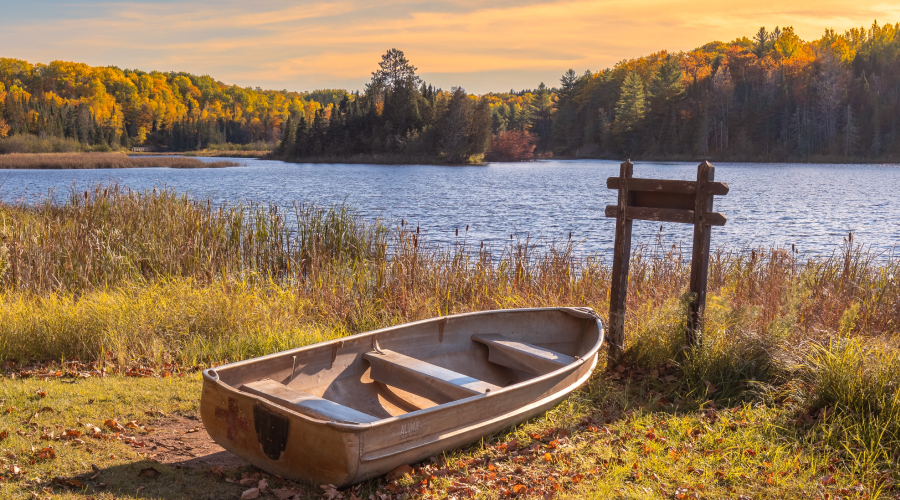The 10 Largest Lakes in the World
I’ve always enjoyed beach and river trips, but lakes never really captured my interest. To me, lakes seemed calm, humid, and lacking the allure of a great travel destination. However, the world’s diverse lakes boast waterfalls, waves, and stunning scenery. Their vast expanses and deep waters can evoke a sense of grandeur. So, which lakes are the largest in the world, and where are they located? Join me as we explore this fascinating topic!
10. Great Slave Lake [10,425 square miles / 27,000 km²]
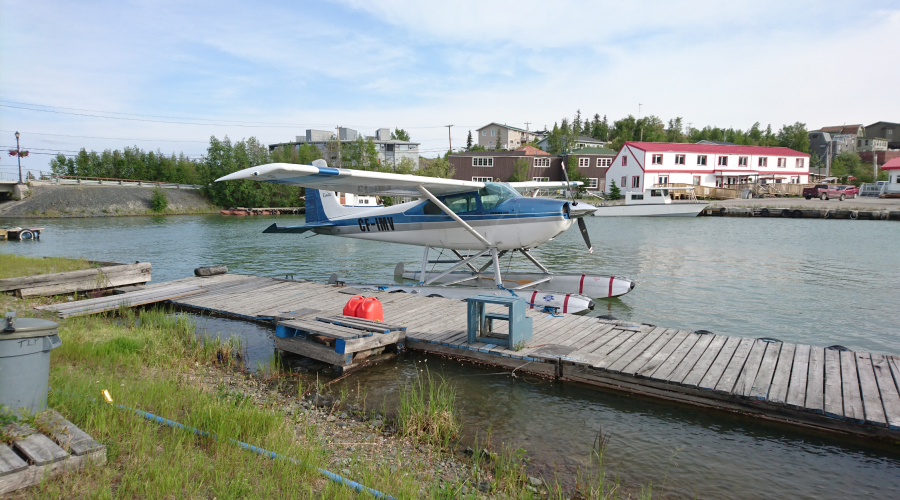
The tenth largest lake in the world is Great Slave Lake, located in Canada. Spanning an impressive 10,425 square miles (27,000 km²), it’s also renowned as North America’s deepest lake, with depths reaching 2,000 feet (600 m). That’s deep enough to feel like an ocean! Situated just south of the Arctic Circle, Great Slave Lake freezes over in winter, much like Lake Baikal. When frozen, locals enjoy ice fishing, skating, and sledding, and even use the ice as a shortcut between villages, bypassing longer routes around the lake.
9. Lake Malawi [11,400 square miles / 29,500 km²]
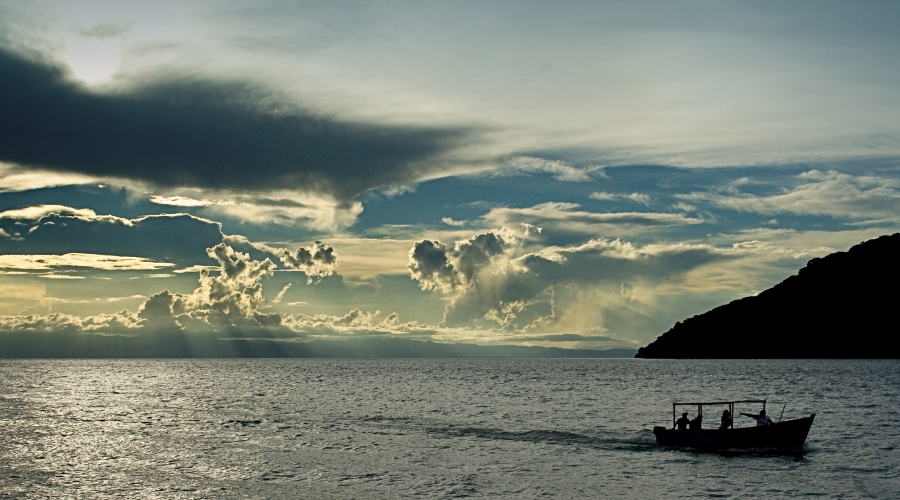
Lake Malawi, located in East Africa, ranks ninth. This massive lake spans parts of Tanzania, Malawi, and Mozambique and is the third largest in Africa. Positioned in a tropical region, it hosts an incredible diversity of fish species. Unfortunately, fishing is not permitted here.
8. Great Bear Lake [11,970 square miles / 31,000 km²]
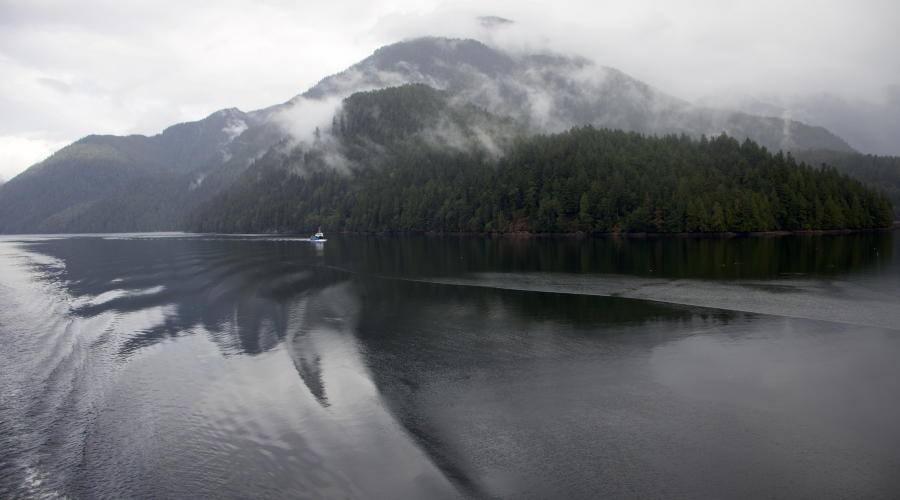
Great Bear Lake, in Canada’s Northwest Territories, takes the eighth spot. While slightly smaller than Great Slave Lake, it boasts a depth of 1,443 feet (440 m) and covers nearly 11,970 square miles (31,000 km²). Surrounded by subarctic forests and tundra, this lake is known for its crystal-clear waters. It also supports the most diverse fish population among North America’s Great Lakes (Superior, Michigan, Huron, Erie, and Ontario).
7. Lake Baikal [12,162 square miles / 31,500 km²]
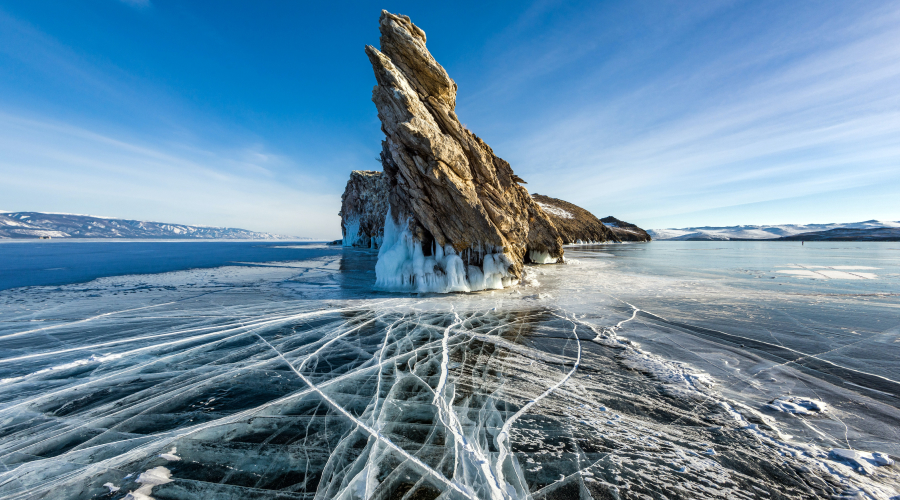
Well-known globally, Lake Baikal in Russia ranks seventh. I was surprised it’s only seventh, given its fame! Beyond its size, Baikal holds world records, including the deepest lake at 5,354 feet (1,632 m). It’s also considered one of the world’s most beautiful lakes due to its clear waters. Home to approximately 1,700 species of plants and animals, Baikal includes 27 islands, some inhabited but most uninhabited.
6. Lake Tanganyika [12,587 square miles / 32,600 km²]
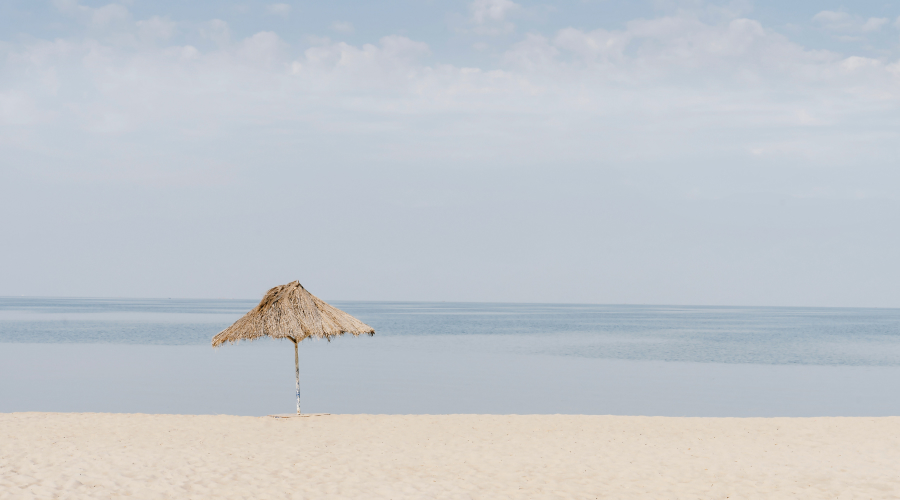
Lake Tanganyika, meaning “lake spread like a plain,” is the world’s longest lake and the second-deepest freshwater lake. Stretching across Tanzania, Burundi, the Democratic Republic of Congo, and Zambia, it spans 12,587 square miles (32,600 km²).
5. Lake Michigan [22,394 square miles / 58,000 km²]
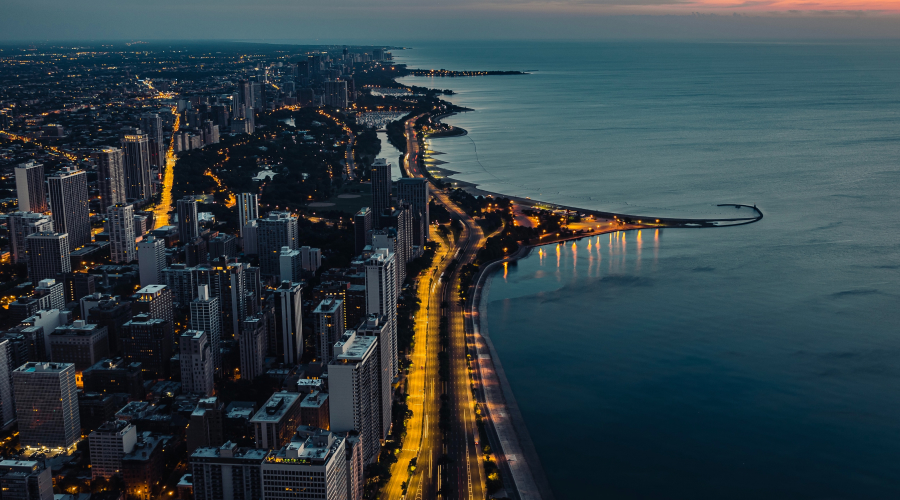
One of North America’s Great Lakes, Lake Michigan, meaning “big water,” lives up to its name with an area of 22,394 square miles (58,000 km²)—roughly half the size of South Korea. Its vast size makes it hard to take in at a glance. Like an ocean, it features beaches and waves when the wind blows. Though its depth of 925 feet (280 m) is relatively shallow for its size, it’s unique as the only Great Lake entirely within U.S. territory. Just how big is America’s land?
4. Lake Huron [23,007 square miles / 59,600 km²]
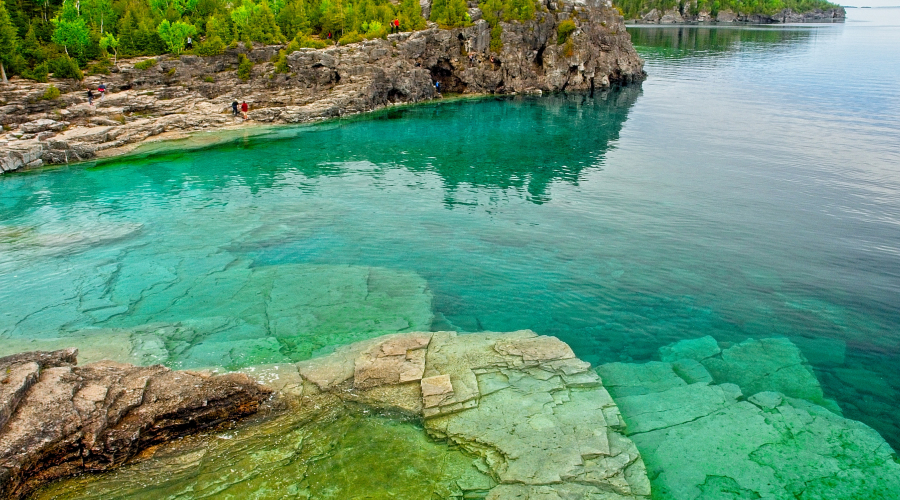
Also part of North America’s Great Lakes, Lake Huron ranks fourth, slightly larger than Lake Michigan at 23,007 square miles (59,600 km²). Remarkably, it contains over 30,000 islands, making it notorious for shipwrecks, with thousands of sunken vessels scattered about. Despite this, its water quality remains surprisingly clear.
3. Lake Victoria [26,597 square miles / 68,870 km²]
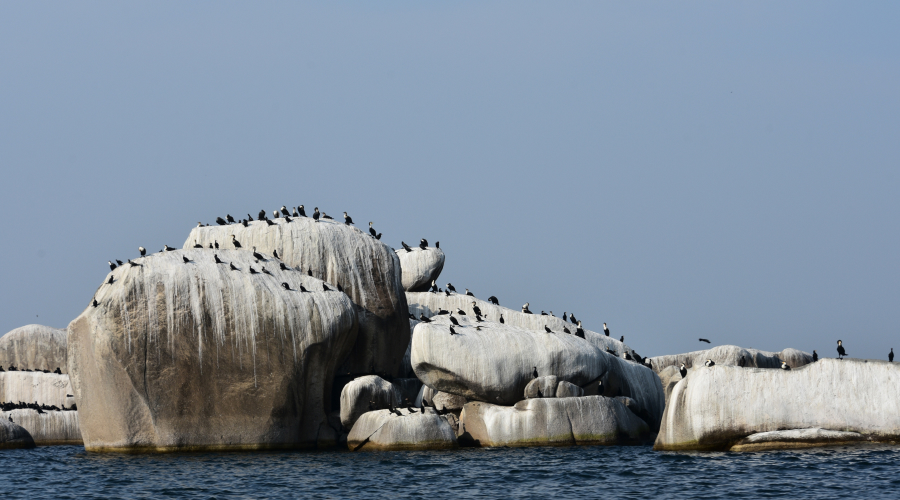
One of Africa’s Great Lakes (Victoria, Tanganyika, Malawi, Turkana, and Upper Nile), Lake Victoria ranks third. Spanning Tanzania, Uganda, and Kenya, it supports the livelihoods of thousands of nearby residents. However, worsening weather conditions and crocodile attacks lead to fatalities each year. Despite its size, it hosts relatively few species of plants and animals.
2. Lake Superior [31,699 square miles / 82,100 km²]
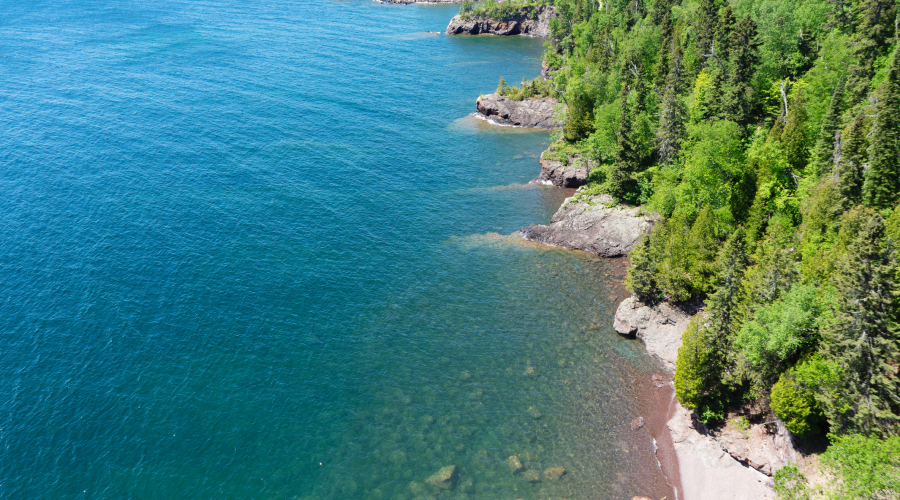
Nearly the size of South Korea, Lake Superior is the second largest lake in the world. Meaning “big seawater,” it lies in Canada but borders Minnesota, Wisconsin, and Michigan in the U.S. As the largest of North America’s Great Lakes, it boasts clear, cold waters and a maximum depth exceeding 1,312 feet (400 m). Like a sea, it experiences tidal effects, making swimming dangerous and potentially life-threatening.
1. Caspian Sea [143,244 square miles / 371,000 km²]
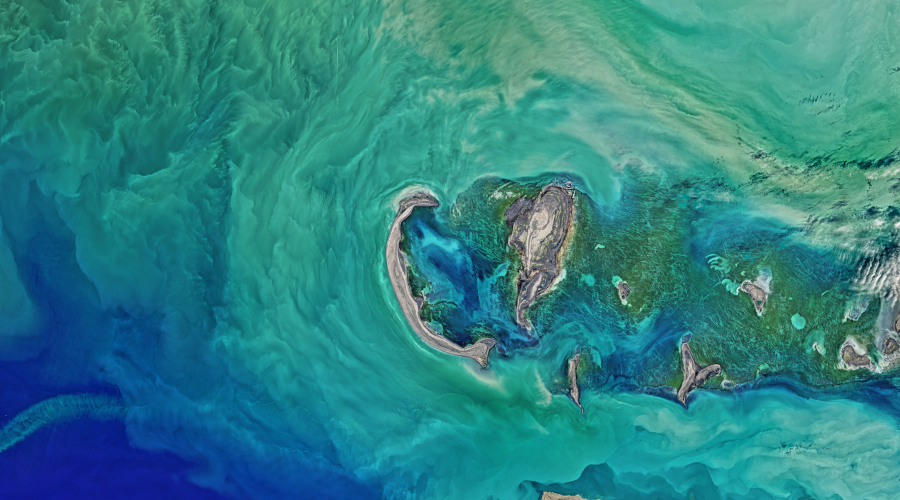
It’s debatable whether this should be called a lake, but the Caspian Sea claims the top spot as the world’s largest lake. So vast it’s referred to as a sea, it lies between Europe and Asia, bordering Russia, Kazakhstan, Azerbaijan, and Turkmenistan. In ancient times, it was part of the Paratethys Sea, with about one-third saltwater. However, due to natural processes, it’s now landlocked and has lost most of its salinity.
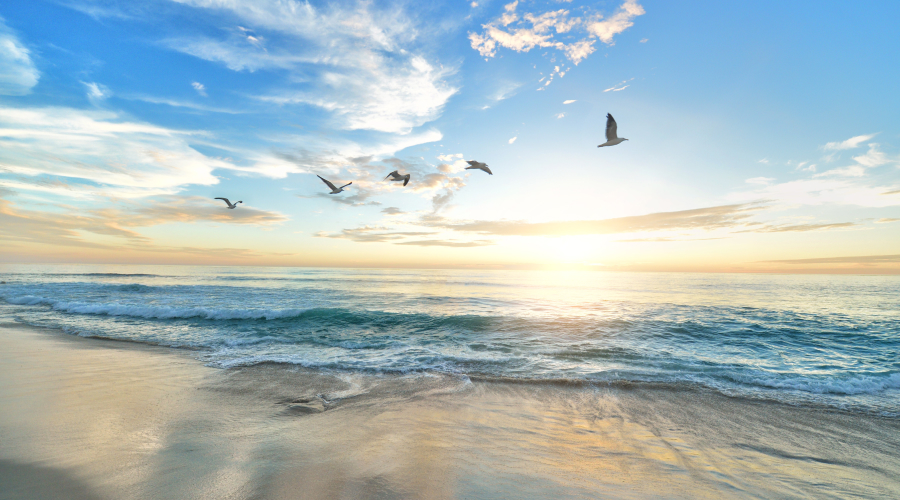
After exploring this list of the world’s largest lakes, comparing them to South Korea feels unfair. These lakes boast remarkably clear and clean waters, unlike the smaller, shallower, and often less pristine lakes in my country. Their grand, almost endless vistas make them worthy of a dedicated travel itinerary. If I get the chance, I’d love to visit the U.S. and swim in the wave-swept waters of Lake Michigan.
